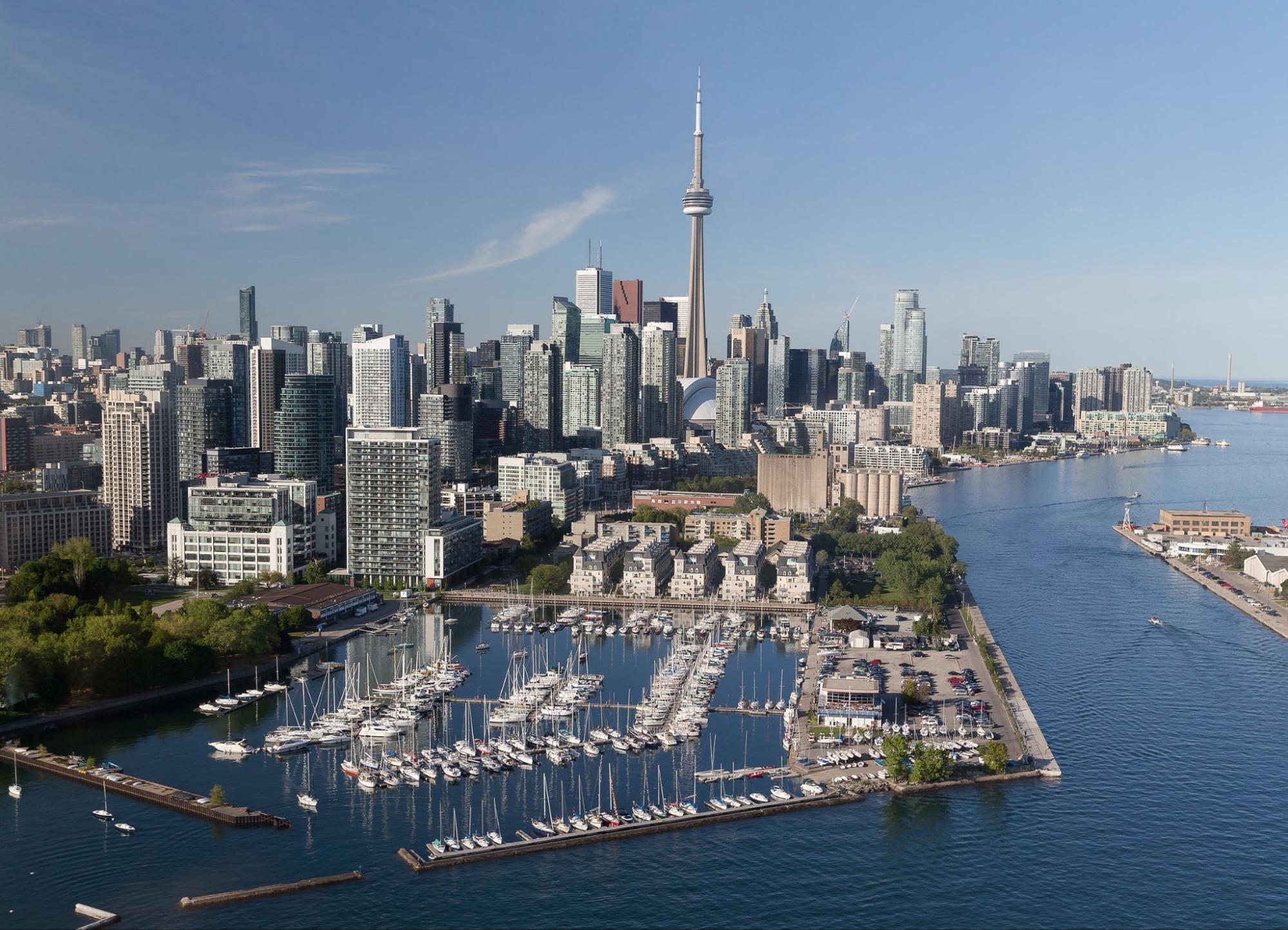Last Updated on October 24, 2023 by Neil Sharma
For a world-class city, Toronto’s transit infrastructure is woefully inadequate, especially below grade.
A CBC News article by reporter Nick Boisvert surmised what it would take to get the much-talked about Downtown Relief Line operational by 2031—this after the subway network was plagued by cracked rails, broken switches and near evacuation of a station earlier this month.
For years, Toronto has lacked the political will to build the Downtown Relief Line, but nevertheless has plans in the works to build a tunnel to Scarborough. If built, the Relief Line would reduce pressure on Line 1 by travelling east from Osgoode Station across Queen Street and Eastern Avenue, before pivoting north just below Pape, then connecting with the Bloor-Danforth Line.
According to the city, the Downtown Relief Line would have to be operational by 2031, the year Line 1 is expected to reach its 31,000-rider-per-hour limit. Former city chief planner and current CBC Toronto urban affairs specialist Jennifer Keesmaat said, “This is sort of the chickens coming home to roost.”
While the delays were attributed to a confluence of things ranging from bad luck to worse weather, Keesmaat noted that the episode exposed the city’s unpreparedness in the event of a crippling rush hour event.
“Right now, we do not have any redundancy in the system,” Keesmaat said on Metro Morning. “For many, many years—you could argue decades—we’ve been identifying the Relief Line as the first step to build redundancy, to build choice, to build capacity.”
To elucidate how much of a pipe dream the Relief Line has become, an environmental assessment on the subway line scheduled for autumn 2017 has yet to commence—nor is a funding plan for the line, which will cost billions of dollars, in place.
“We’re losing another year,” she said, adding that steps can be taken to expedite the process to make up for lost time. “Given the growth that we see, the incredible pressure on transit that we need to shorten that timeline and build the Relief Line sooner.”
City councillor Kristyn Wong-Tam proposed scrapping the Scarborough subway and using the funds on the relief Line instead, although Keesmaat says that would be difficult to do at this juncture, given plans, while still nascent, are underway.
Ontario’s Places to Grow Act, upon which Toronto’s intensification mandate is predicated, relies on adequate transit to make building vertically viable. However, if Toronto doesn’t invest in its infrastructure, it won’t be investing in its future.
Neil Sharma is the Editor-In-Chief of Canadian Real Estate Wealth and Real Estate Professional. As a journalist, he has covered Canada’s housing market for the Toronto Star, Toronto Sun, National Post, and other publications, specializing in everything from market trends to mortgage and investment advice. He can be reached at neil@crewmedia.ca.









